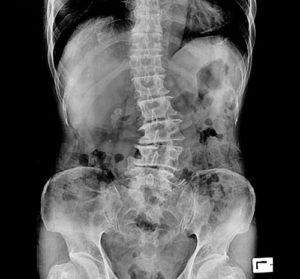How Two Wall Street Analysts Became SEC Whistleblowers
 By the C|C Whistleblower Lawyer Team
By the C|C Whistleblower Lawyer Team
In 2012, an anonymous analyst noticed Texas-based medical device manufacturer Orthofix was outperforming expectations. The analyst suspected that something was off, as the company’s earnings reports showed its wholesale customers were taking longer than usual to pay Orthofix. The company’s executives blamed the delay on logistical problems at foreign offices.
The analyst spent months tracking the company’s quarterly reports, earnings calls, and other information to compare Orthofix to its competitors. In 2013, the analysis sent his analysis to his friend and fellow financial analyst. The analysts grew to suspect that Orthofix was artificially boosting its profits by “channel stuffing,” the practice of flooding distributors with more products than they can use or afford to buy. The practice allowed the company to smooth revenue projections by pushing shortfalls into a future quarter. After Orthofix released its 2013 Q1 earnings, which showed a 14% year-over-year increase, the analysts felt that their suspicions were confirmed and they contacted the SEC whistleblower office.
Orthofix ultimately paid the SEC $8.25M, and its former executives have paid $120K to settle charges with the SEC. The two whistleblowers stand to collect up to $2.5M. By filing through the SEC whistleblower program the two anonymous analysts demonstrated how outsiders with analytical skills and spare time can accomplish what is typically done by insiders. In the case, the SEC showed that Orthofix was sending devices to distributors in Brazil that either lacked regulatory approval, or lacked the medical instruments to install the devices. The SEC will determine their reward this summer.
Tagged in: Accounting Fraud, Anonymity, SEC Whistleblower Reward Program, Whistleblower Case, Whistleblower Eligibility, Whistleblower Rewards,